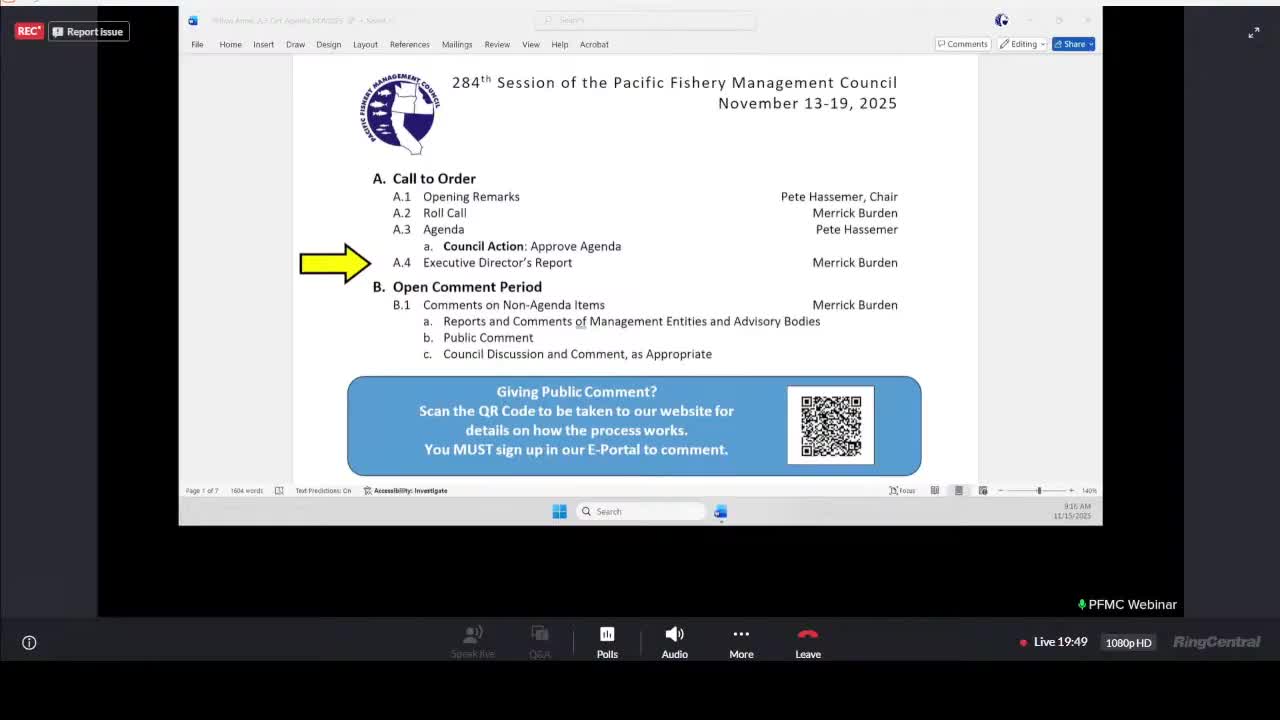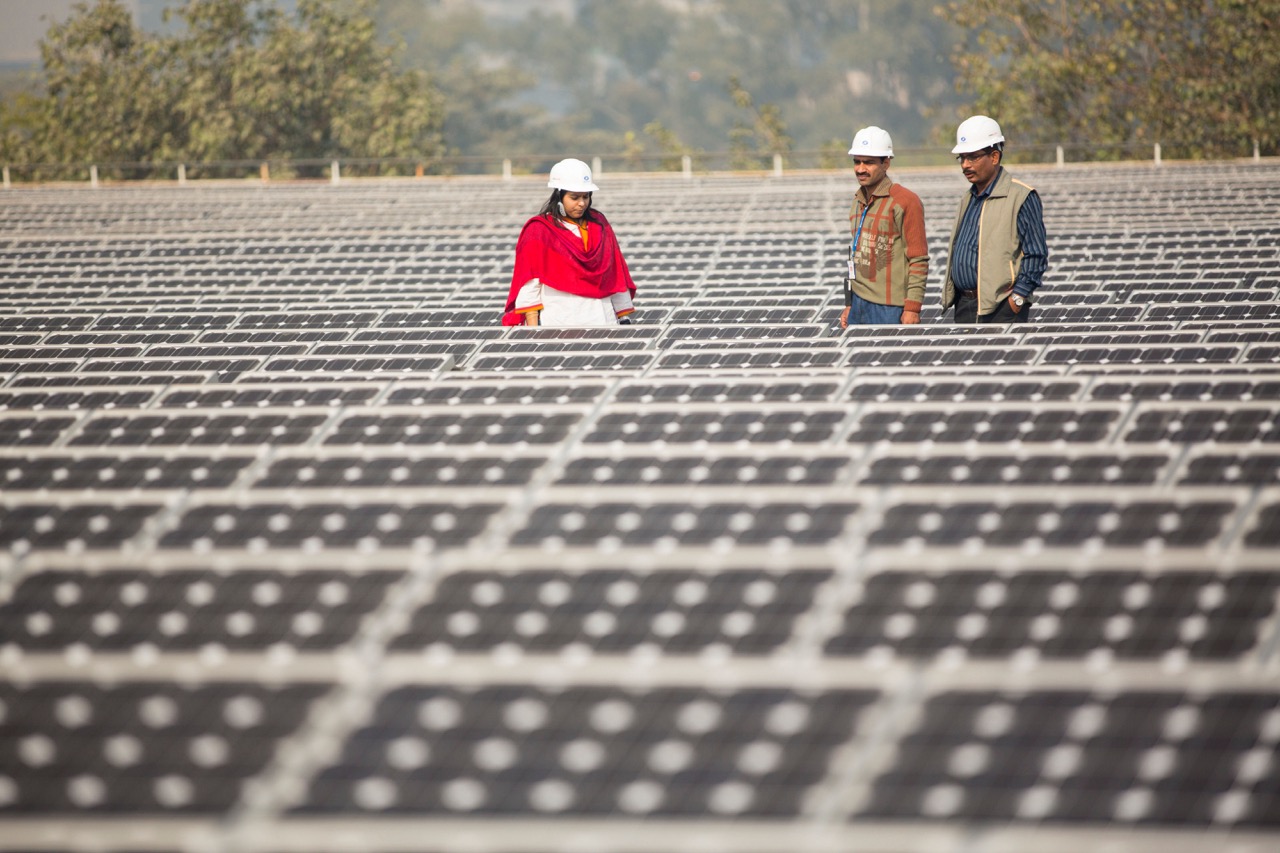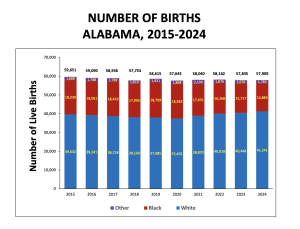Foreign investors return to China’s stock market – Financial Times

Report on Foreign Investment in Chinese Equities and Implications for Sustainable Development Goals (SDGs)
1.0 Executive Summary
A significant resurgence in foreign investment in Chinese equities has been recorded, reaching its highest level in four years. This trend marks a notable reversal of investor sentiment and carries substantial implications for several United Nations Sustainable Development Goals (SDGs). The influx of capital, driven by technological innovation and market reforms, directly impacts SDG 8 (Decent Work and Economic Growth), SDG 9 (Industry, Innovation, and Infrastructure), and SDG 17 (Partnerships for the Goals). This report analyzes the scale of these financial flows, their primary drivers, and their connection to the global sustainability agenda.
2.0 Analysis of Investment Inflows
Data from the Institute of International Finance indicates a substantial increase in foreign capital directed towards Chinese equities. This renewed investment is a critical component of financing for development, as outlined in SDG 17.
- Offshore Inflows: From January to October, foreign purchases of Chinese equities totaled $50.6 billion, a sharp increase from $11.4 billion during the same period in the previous year.
- Historical Context: While this year’s inflows represent a strong recovery, they remain below the peak of $73.6 billion recorded in 2021.
- Market Reversal: The trend reverses a multi-year period of declining foreign investment, which was precipitated by concerns over economic growth and geopolitical tensions.
- Domestic Capital: The market’s strong performance is also supported by domestic investment, with mainland investors channeling a record HK$1.3 trillion (US$168.7 billion) into Hong Kong-listed stocks.
3.0 Drivers of Investment and Alignment with SDG 9: Industry, Innovation, and Infrastructure
The renewed investor confidence is primarily linked to advancements in China’s technology sector and strategic market reforms, which are central to achieving SDG 9.
- Technological Advancement: Enthusiasm for China’s artificial intelligence (AI) sector, highlighted by the release of groundbreaking models, is a key magnet for investment. This directly supports SDG 9’s goal to foster innovation and upgrade the technological capabilities of industrial sectors.
- Attractive Valuations: Chinese technology companies are perceived to be trading at a record discount relative to global peers, offering a compelling entry point for investors seeking exposure to innovation outside of US markets.
- Market Reforms: Regulatory initiatives designed to revive capital markets have improved investor confidence, demonstrating a commitment to strengthening the financial infrastructure necessary for sustainable industrial development.
4.0 Economic Impact and Contribution to SDG 8: Decent Work and Economic Growth
The influx of foreign capital is poised to make a significant contribution to China’s economic stability and growth, aligning with the core objectives of SDG 8.
- Economic Stimulus: Increased investment in Chinese companies provides essential capital for expansion, research, and development, which can stimulate broader economic activity.
- Rebuilding Confidence: The positive trend helps counteract the negative economic impacts of a prior property downturn and regulatory uncertainty, fostering a more stable environment for sustainable growth.
- Job Creation: By funding corporate growth, particularly in high-value sectors like technology, these investments can support the creation of decent jobs and promote productive employment.
5.0 Geopolitical Context and SDG 17: Partnerships for the Goals
The shifting patterns of global investment flows underscore the complex interplay between finance, geopolitics, and international cooperation as envisioned in SDG 17.
- Global Financial Flows: The movement of $50.6 billion in foreign capital exemplifies the global partnerships and financial resource mobilization necessary to achieve the SDGs.
- Changing Perceptions: The reassessment of Chinese equities, once deemed “uninvestable” by some, reflects a dynamic global risk landscape and the ongoing search for diversified investment opportunities.
- Divergent Approaches: Geopolitical tensions between Washington and Beijing continue to influence investment decisions, with some US state pension funds divesting while other global active and passive funds increase their allocations to China. This highlights the challenges and complexities of maintaining global partnerships for sustainable development.
Analysis of Sustainable Development Goals in the Article
1. Which SDGs are addressed or connected to the issues highlighted in the article?
-
SDG 8: Decent Work and Economic Growth
The article is fundamentally about economic activity and growth. It discusses investor sentiment being influenced by concerns over “slowing economic growth” and how the recent surge in foreign investment reflects renewed confidence in the Chinese market’s potential. This flow of capital is a key component of driving and sustaining economic growth.
-
SDG 9: Industry, Innovation, and Infrastructure
The article explicitly links the renewed investor interest to technological innovation. It highlights the “enthusiasm for artificial intelligence following the release of DeepSeek’s groundbreaking model” and notes that China possesses “some of the best companies in the tech space.” This directly connects the financial inflows to the growth of innovative industries.
-
SDG 17: Partnerships for the Goals
This goal, particularly its focus on finance and global partnerships, is central to the article. The text analyzes the flow of capital between countries, detailing “Foreign purchases of Chinese equities” and “Offshore inflows.” It also touches upon the challenges to these partnerships, such as “rising tensions between Washington and Beijing” and the “US-China trade war,” which affect global financial stability and cooperation.
Specific Targets and Indicators
2. What specific targets under those SDGs can be identified based on the article’s content?
-
Target 8.1: Sustain per capita economic growth
The article implies this target by framing the discussion around investor concerns about “slowing economic growth.” The return of foreign capital is presented as a positive sign for the economy’s trajectory, which is essential for sustaining growth.
-
Target 9.b: Support domestic technology development, research and innovation
This target is directly addressed. The article identifies that a primary driver for investment is the desire to “gain exposure to innovative Chinese technology companies” and the excitement around advancements in artificial intelligence. This flow of capital supports the growth and development of China’s domestic tech industry.
-
Target 17.3: Mobilize additional financial resources for developing countries from multiple sources
The article’s core data points directly relate to this target. It quantifies the mobilization of financial resources from foreign investors, stating that “Offshore inflows into China stocks from January to October this year totalled $50.6bn.” This is a clear example of mobilizing private international capital.
-
Target 17.13: Enhance global macroeconomic stability
The article illustrates the importance of this target by describing how market volatility and investor confidence are affected by national policies and international relations. Factors like Beijing’s “crackdown on private business,” subsequent “reforms designed to revive markets,” and the “volatile US-China relations” all highlight the link between policy, stability, and international investment flows.
3. Are there any indicators mentioned or implied in the article that can be used to measure progress towards the identified targets?
-
Volume of Foreign Portfolio Investment
The article provides precise figures that serve as a direct indicator for Target 17.3. It states that “Offshore inflows into China stocks from January to October this year totalled $50.6bn, up from $11.4bn in 2024,” and compares this to the “record full-year figure of $73.6bn reached in 2021.” This data measures the flow of financial resources.
-
Stock Market Performance and Valuation
The article implies this as an indicator of economic health and investor confidence (relevant to SDG 8 and 17). It mentions that “Chinese stocks listed on the mainland and in Hong Kong have risen strongly this year” and that “China still trades at a record discount to the rest of the world.” These are metrics used to gauge market stability and attractiveness to investors.
-
Investment Flows into Technology Sector
While not quantified with a specific number, the article strongly implies that investment in technology is a key indicator for Target 9.b. The “enthusiasm for artificial intelligence” and the fact that investors “are keen to gain exposure to innovative Chinese technology companies” suggest that tracking capital flows into this specific sector is a measure of its growth and innovation potential.
Summary of Findings
| SDGs | Targets | Indicators |
|---|---|---|
| SDG 8: Decent Work and Economic Growth | 8.1: Sustain per capita economic growth. | Implied through investor concern over “slowing economic growth” and renewed confidence shown by investment. |
| SDG 9: Industry, Innovation, and Infrastructure | 9.b: Support domestic technology development, research and innovation. | Implied through investment driven by “enthusiasm for artificial intelligence” and a desire to invest in “innovative Chinese technology companies.” |
| SDG 17: Partnerships for the Goals | 17.3: Mobilize additional financial resources for developing countries from multiple sources. | Directly mentioned volume of foreign investment: “Offshore inflows into China stocks from January to October this year totalled $50.6bn.” |
| SDG 17: Partnerships for the Goals | 17.13: Enhance global macroeconomic stability. | Implied through the impact of policy on investor confidence, such as the “crackdown on private business” and “reforms designed to revive markets.” |
Source: ft.com
What is Your Reaction?
 Like
0
Like
0
 Dislike
0
Dislike
0
 Love
0
Love
0
 Funny
0
Funny
0
 Angry
0
Angry
0
 Sad
0
Sad
0
 Wow
0
Wow
0














;Resize=805#)






























































